We may earn money or products from the companies mentioned in this post. This means if you click on the link and purchase the item, I will receive a small commission at no extra cost to you ... you're just helping re-supply our family's travel fund.
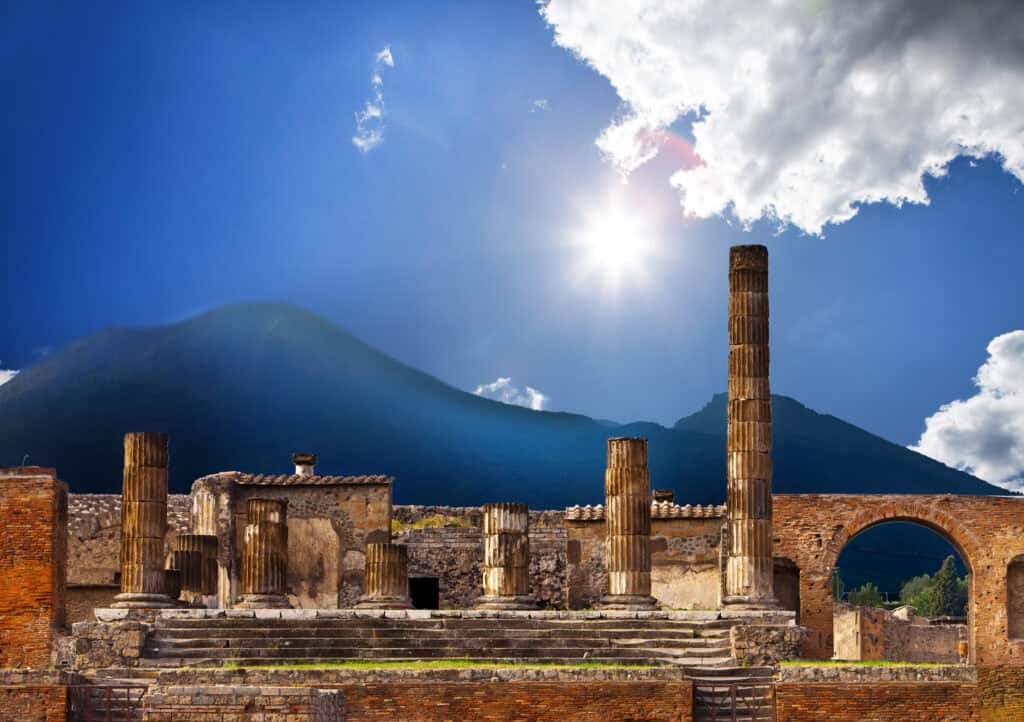
October lends itself to reflection as much as thrills. In places marked by tragedy, remembrance sits beside the season’s appetite for stories, turning curiosity toward empathy. Visiting memorials and historic grounds in late autumn can feel like stepping into a slower register of time. Leaves fall, wind thins the noise, and names surface from plaques and stones. What this really means is a chance to sit with difficult histories, honor loss, and leave with a steadier sense of responsibility.
Hiroshima Peace Memorial Park, Japan
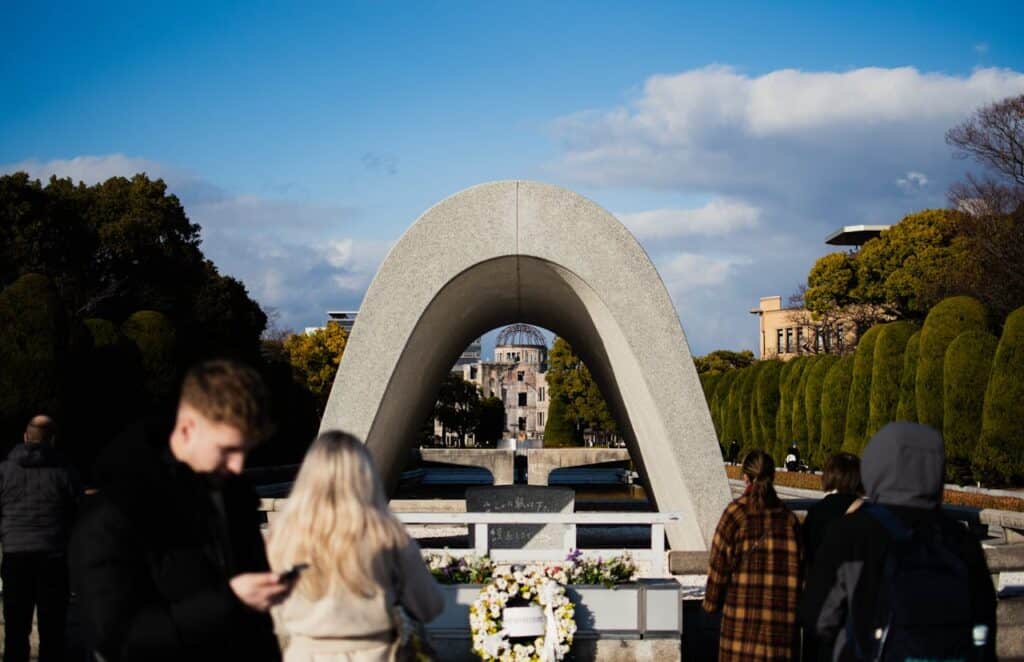
Hiroshima’s riverside park holds silence like a cup. The A-Bomb Dome, museum galleries, and Children’s Peace Monument guide visitors from impact to aftermath, then toward renewal. Paper cranes bright with color sit against sober exhibits, while the Peace Flame burns without theatrics. In late October, the light is soft and the paths feel contemplative. The story never asks for fear. It asks for imagination, memory, and the discipline to choose care over power.
Auschwitz-Birkenau Memorial and Museum, Poland
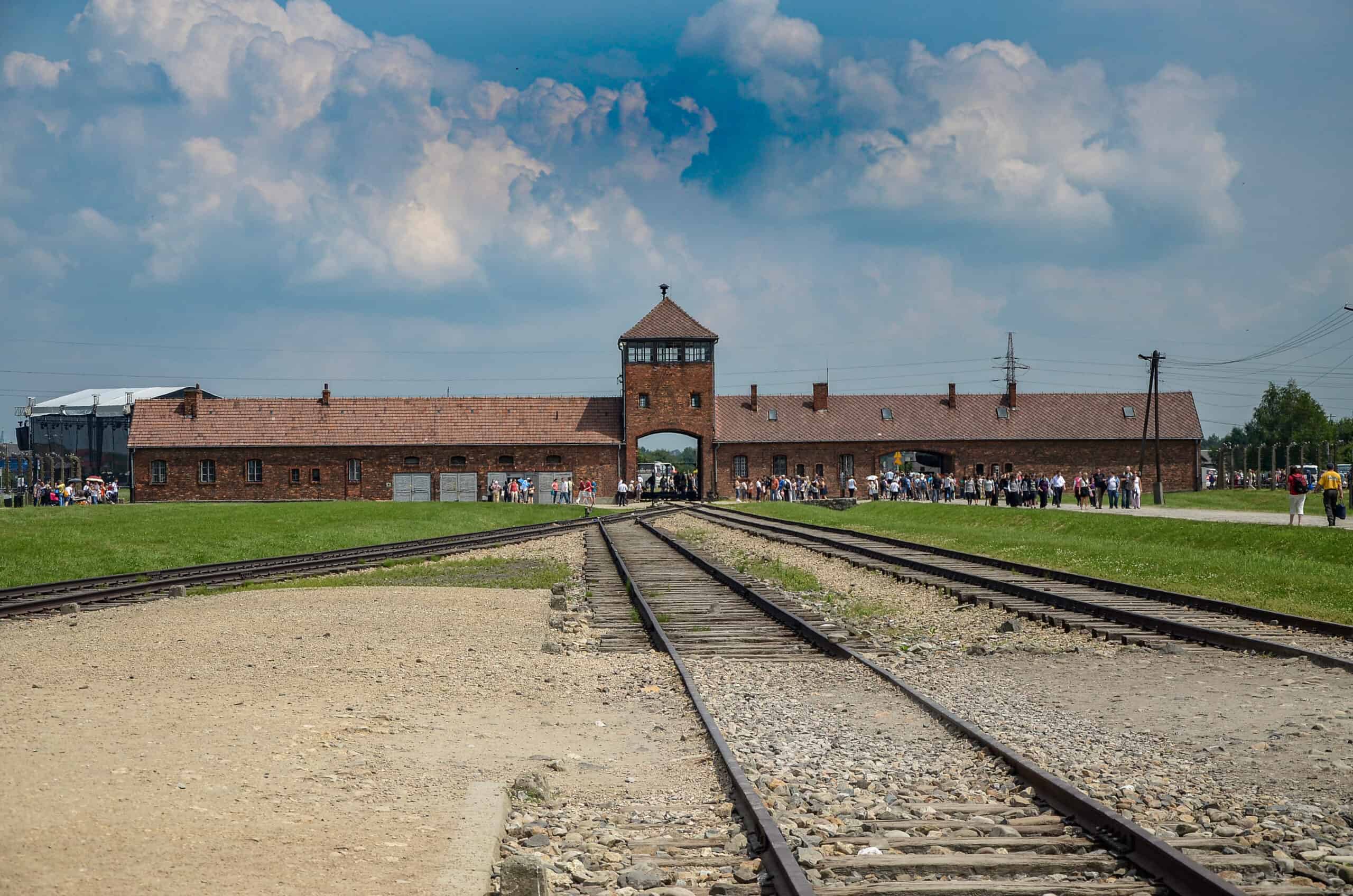
Auschwitz-Birkenau resists spectacle and demands attention. Brick barracks, rails, and artefacts are presented with restraint so that testimony stays central. Guides trace policies, transports, and survival, pushing past vague horror toward documented fact. A late-autumn visit often means cold air, gray light, and long pauses between buildings. Halloween proximity sharpens a single point: when cruelty becomes systemic, ordinary structures carry extraordinary harm. The ground insists on dignity, names, and careful language.
National September 11 Memorial & Museum, New York
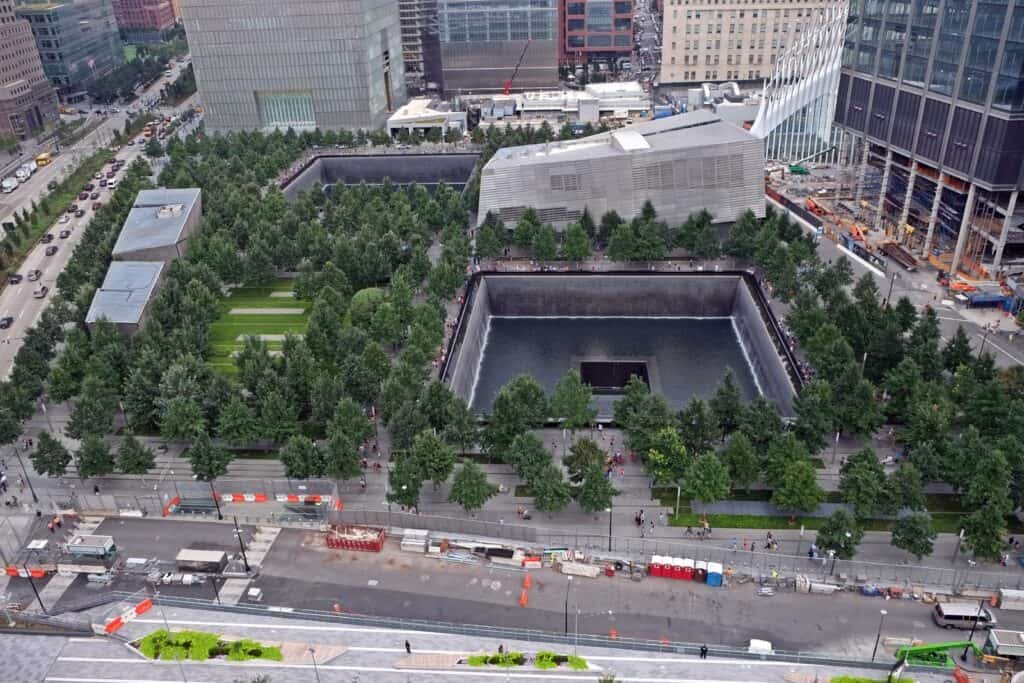
At Ground Zero, two voids hold falling water where the towers stood. The names ring the edges, commuters pass, and the city’s rush bends to a slower pace. Inside, the museum layers timelines, recordings, and artifacts to track loss and response. Visiting in October narrows the frame to candlelight, sky, and quiet corners beneath oaks. It is not a haunted site. It is a civic one, asking for patience, context, and a broader circle of care.
Kigali Genocide Memorial, Rwanda
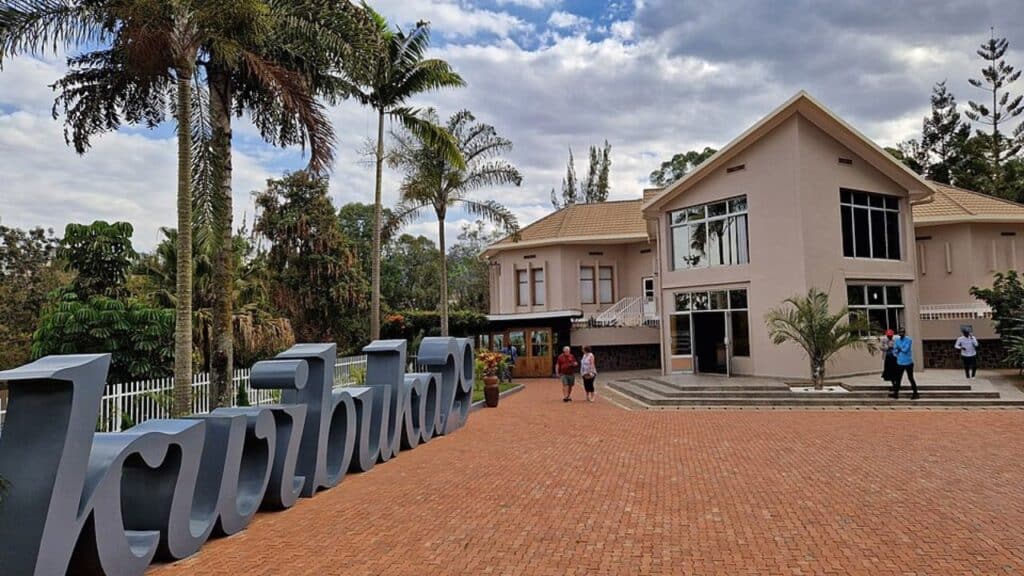
Kigali’s memorial balances grief with education. Portraits of victims, mass graves on the grounds, and exhibits on colonial legacies lay out causes and consequences without spectacle. The children’s room is especially searing, naming lives with tenderness. October’s softer light turns the gardens into spaces for measured breaths. The message is firm: mourning belongs with prevention, community, and daily work. What lingers is not fear, but a call to notice warning signs and act earlier.
Choeung Ek Genocidal Center, Cambodia
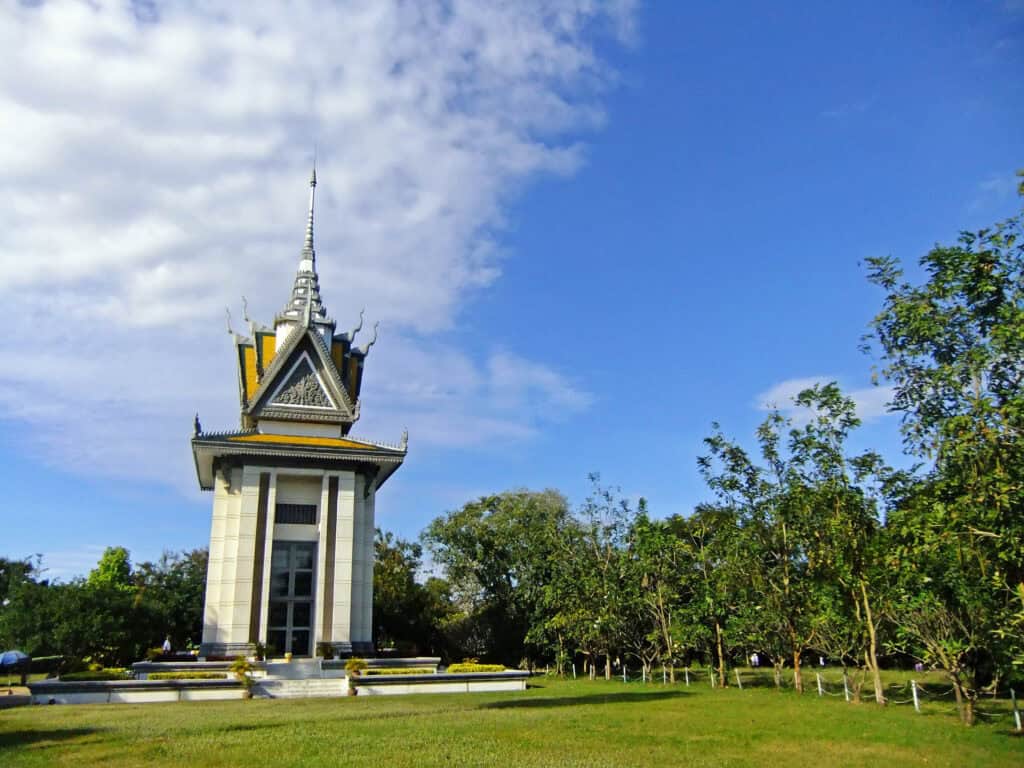
South of Phnom Penh, Choeung Ek brings visitors into a quiet field where careful signage and audio guides let the landscape speak. The stupa of memorial bones centers mourning, while the broader narrative traces policies that enabled the killing. In late October, wind moves through trees and flags, and the paths feel almost pastoral. That contrast is the lesson. Ordinary places can be made to carry extraordinary violence, and remembrance is a civic habit, not a holiday.
Robben Island Museum, South Africa
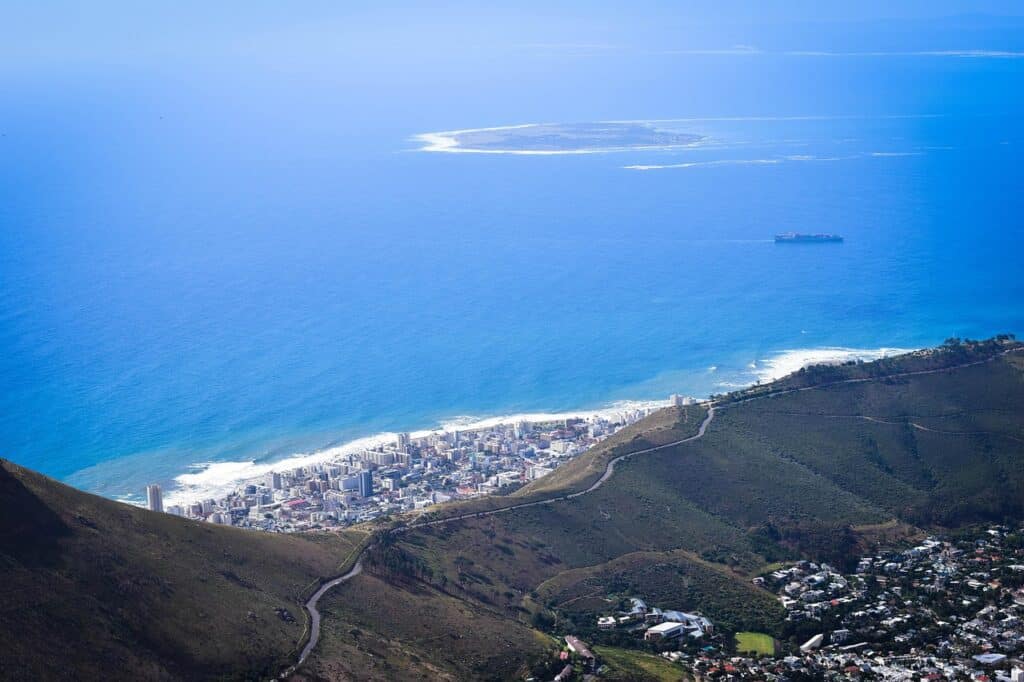
Robben Island frames dark history through endurance and law. Former prisoners often lead tours through cells and yards, grounding the site in lived memory. The ferry ride from Cape Town gives time to shift from city tempo to listening mode. Around Halloween, breezes pick up and the sea turns steel blue, matching the island’s spare geometry. The experience leans toward patience, humor, and fierce clarity about how ideas become policies, and how policies shape lives.
Pompeii Archaeological Park, Italy
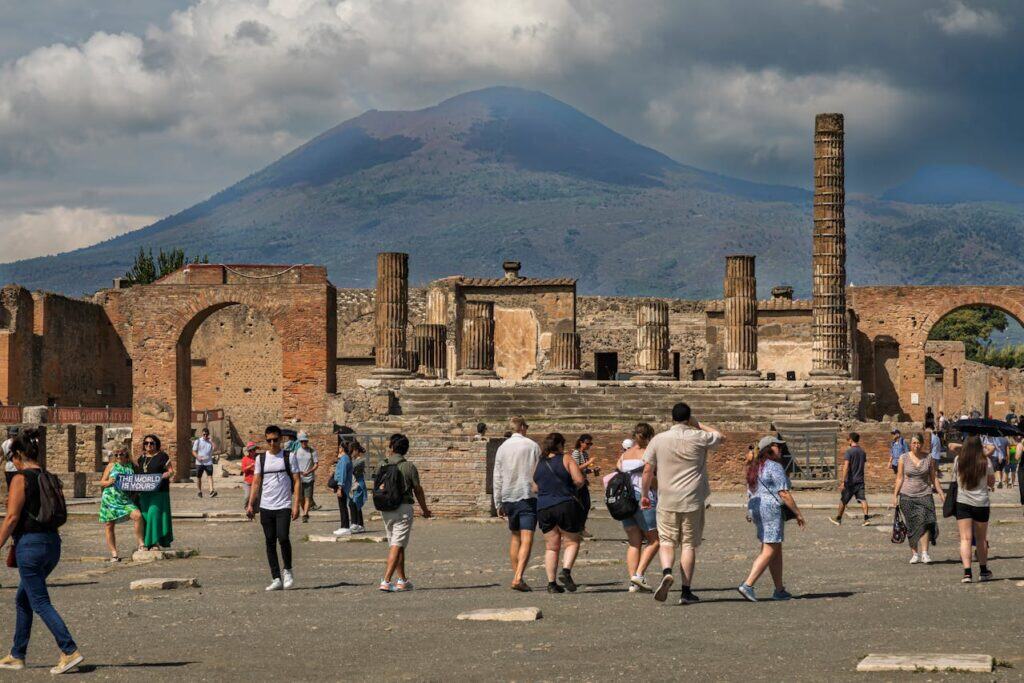
Pompeii offers catastrophe in still frame. Streets, frescoes, and casts of human forms show a city halted mid-breath, inviting questions about risk, ritual, and time. The site avoids theatrics; it trusts stone, ash, and evidence. October suits the ruins: cooler sun, thinner crowds, and long shadows that pull detail from walls. What feels eerie at first turns instructive. Lives were ordinary until they weren’t, and preparedness is always a present tense responsibility.
Normandy American Cemetery and Memorial, France
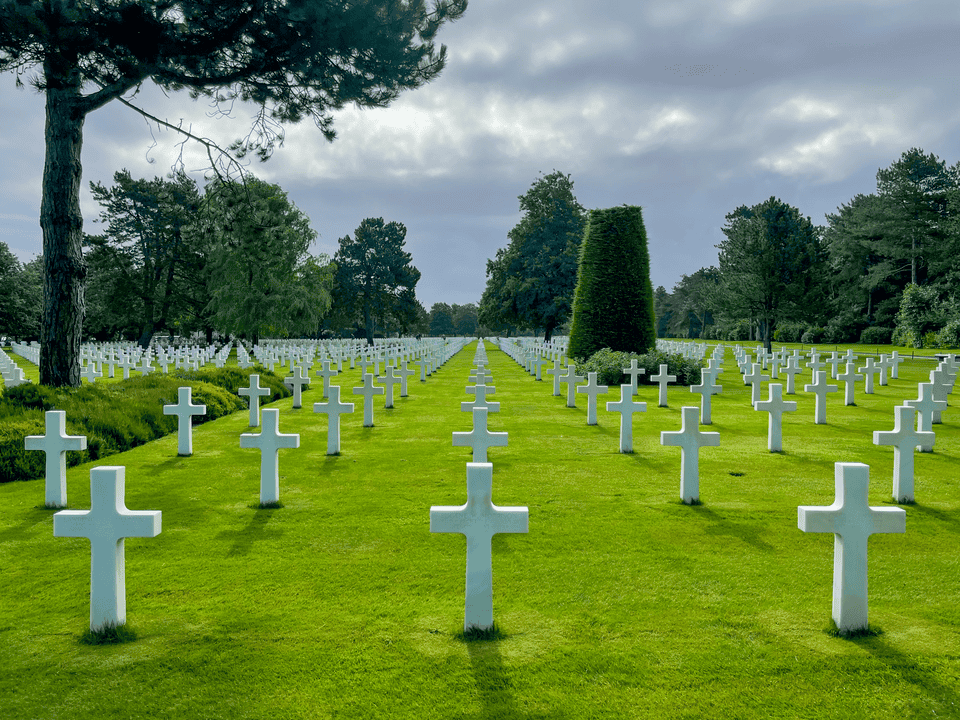
On a bluff above Omaha Beach, white crosses and Stars of David align toward the sea. The visitor center frames operations, letters, and maps without grandstanding, letting personal stories do the work. October brings wind, gulls, and a pale horizon that keeps attention honest. This is not an invitation to thrill. It is an invitation to weigh freedom, strategy, and consequence, then carry that weight back to daily life with steadier hands.
Chernobyl Exclusion Zone, Ukraine
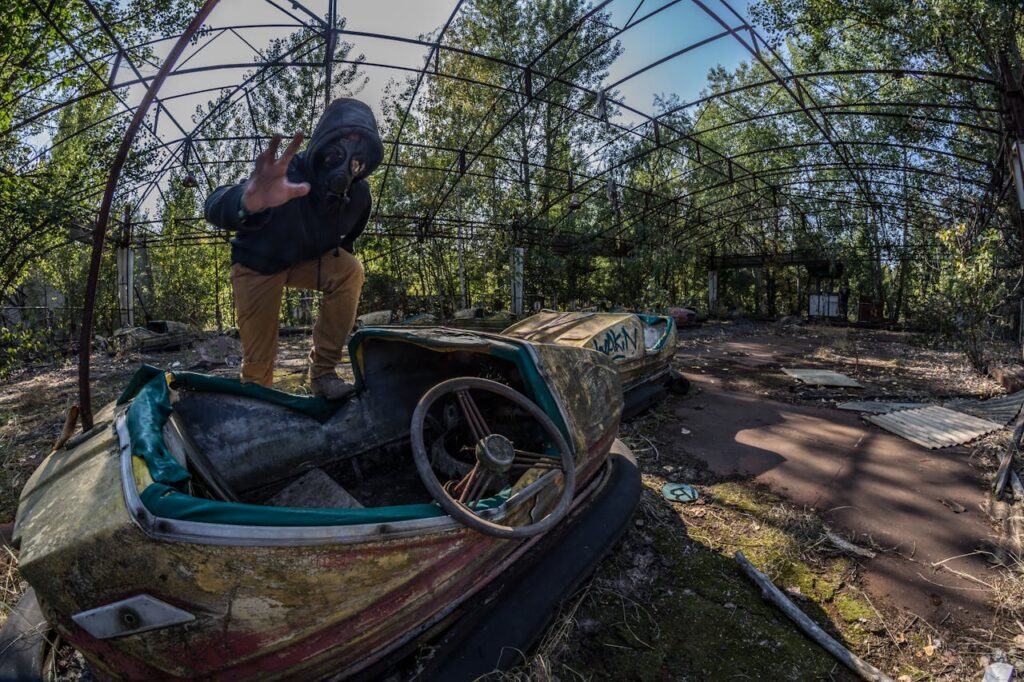
Chernobyl reads as a lesson in technology, governance, and risk. Pripyat’s apartments, the sarcophagus, and quiet forests tell an ongoing story rather than a frozen one. Authorized, expert-led visits emphasize safety and science, moving beyond dystopian aesthetics. Autumn light draws long lines across concrete and birch, turning attention to systems, not jump scares. The takeaway is practical: decisions have half-lives, transparency matters, and care for place and people is a continuous practice.